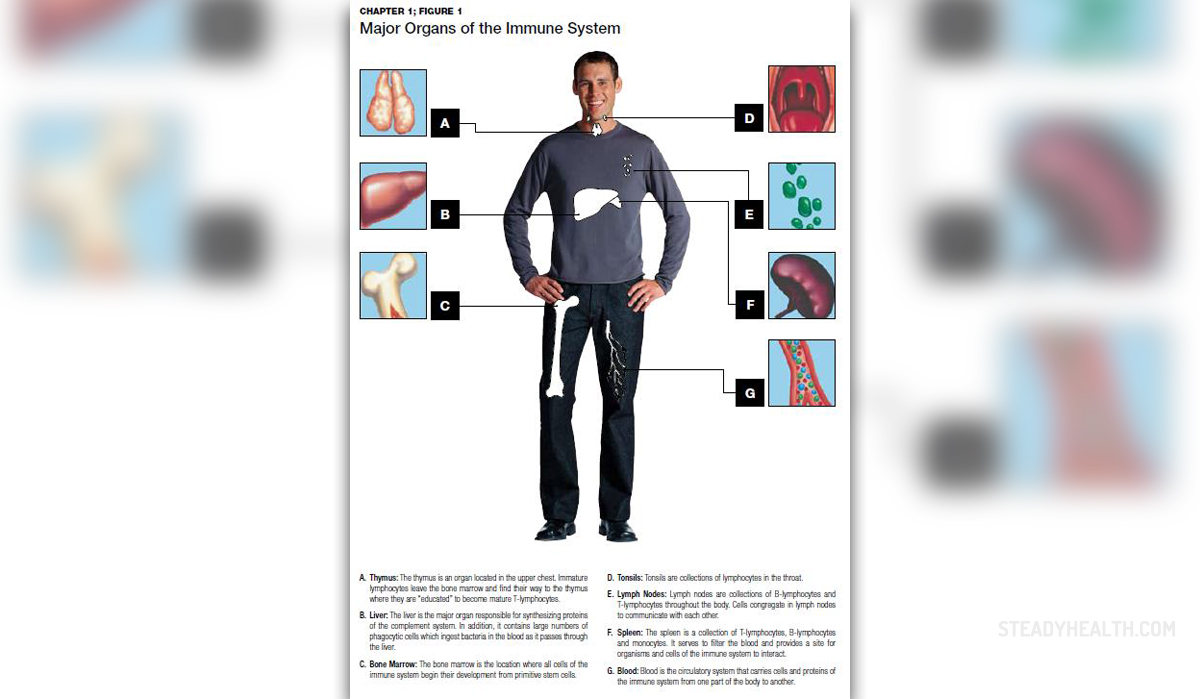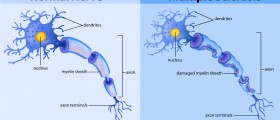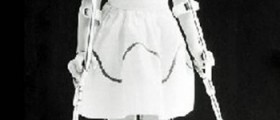
Guillain-Barré syndrome is an autoimmune disorder and features with inflammation and demyelinisation of many nerves in the body. It is classified as polyneuropathy since more than two nerves are affected. Varying degrees of weakness and tingling sensation are some of the characteristics of the disease. In severe form of the disease the patients may end up totally paralyzed. Fortunately, majority of patients recover even if they have been affected by the most severe form of the disease.
The syndrome affects both genders and people of all ages. Still, it is considered rare since it affects one person in 100,000. The onset of the symptoms is associated with recent respiratory or gastrointestinal viral infection. These are considered triggers of the disease. In some cases the syndrome may be triggered by a surgery or vaccination.
Causes of Guillain Barré Syndrome
It is not clear why this syndrome occurs. However, the fact is that in case of Guillain-Barré syndrome the body attacks its own cells. In this particular case antibodies attack the myelin sheet that surrounds the axons of numerous peripheral nerves. Even very axons can be destroyed. Loss of myelin features with improper transmission of nerve signals. This eventually affects muscles innervated by the affected nerves and they become weak. The muscles cannot respond to the brain's commands. Furthermore, the person eventually becomes unable to feel texture, heat, pain and other sensations. There is also occurrence of abnormal sensations such as tingling and painful sensations.
There is a connection between previous viral or bacterial infection and the occurrence of the disease. These infective agents can either change the nature of nervous cells which makes them unrecognizable to the immune system or infective agents directly influence the immune system which consequently becomes less discriminating about certain body's cells.
Symptoms of Guillain-Barré Syndrome
Patients suffer from muscle weakness. The weakness typically begins in the legs and progress upward. Additionally, there is paresthesia and loss of reflexes. If respiratory muscles are affected one suffers from breathing difficulties and requires a ventilator. The weakness is most intensive within the first couple of weeks. The brain receives inadequate signals and interprets them as tingling or painful sensations.
Diagnosis and Treatment for Guillian-Barré Syndrome
It may be difficult to diagnose Guillian-Barré syndrome in its earliest stage. There are several disorders similar to this syndrome so the doctor initially makes differential diagnosis. The symptoms and signs of the syndrome which form a specific pattern as well as ruling out other conditions helps the doctor to set definitive diagnosis.
Unfortunately, there is no cure for Guillain-Barré syndrome. On the other hand, certain therapies modalities can successfully treat the disease and speed up the recovery. At the moment patients are treated with plasma exchange and high-dose immunoglobulin therapy. During some clinical trials patients were administered steroid hormones. However, the results were not good. Steroid hormones are not effective and they can even be more harmful to patients suffering from Guillain-Barré syndrome.
In severe form of the disease patients may be placed on a respirator, a heart monitor and other machines that assist body functions. Once the patients start to recover they are engaged in physical therapy.
















Your thoughts on this
Loading...